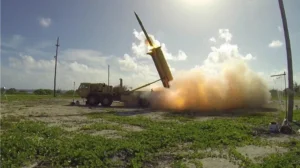Nostalgia plays a significant role in the toy industry, with vintage toys from past decades remaining popular among both children and adults. Here are some reasons why vintage toys continue to be popular:
- Emotional Connection: Vintage toys evoke feelings of nostalgia and childhood memories for many people. Adults who grew up playing with certain toys may want to share that experience with their own children, while others may want to relive the memories themselves.
- Classic Designs: Many vintage toys have classic designs that have stood the test of time. These toys often have a timeless appeal that transcends generations and trends, making them popular even decades after they were first introduced.
- High-Quality Construction: Vintage toys were often made with high-quality materials and craftsmanship, which has allowed them to last for decades. These toys were built to last, and many collectors appreciate the durability and longevity of vintage toys compared to modern toys.
- Rarity and Collectability: Some vintage toys are rare and highly collectible, making them valuable to collectors. This has led to a niche market for vintage toys, with collectors willing to pay high prices for rare and hard-to-find items.
- Limited Availability: Some vintage toys are no longer in production, making them even more valuable and desirable. This limited availability creates a sense of exclusivity and makes these toys even more coveted among collectors and enthusiasts.
Overall, nostalgia is a powerful force in the toy industry, with vintage toys continuing to be popular among both children and adults. The emotional connection, classic designs, high-quality construction, rarity, collectability, and limited availability of vintage toys all contribute to their enduring appeal. As a result, many toy manufacturers continue to produce updated versions of classic toys, tapping into the nostalgia trend while also appealing to new generations of consumers.




